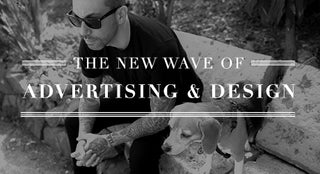It’s 2015 and I’m not even quite sure what advertising means anymore. We’re living in such a digital-centric world that design, technology, and advertising have all melded into one.
Advertising is a weird industry full of a bunch of brilliantly talented people from every walk of life imaginable. Artists and musicians are working alongside business majors and tech nerds. It brings together all these crazy people from a variety of backgrounds and puts everyone under one roof with the same goal: Make something great that everyone can be proud of.
Last year, Bobby Hundreds profiled 72andSunny, which is a great piece on a more traditional agency, but I wanted to shine a light on some smaller, more progressive shops that are equally deserving of the recognition. Traditional advertising and its boring ideals are on the way out. If you can’t keep up, step aside and let the next generation steer. That being said, please meet some talented creatives who are pushing advertising forward through great design and even greater ideas. I spoke with four different people, working at agencies all over the country, about the future of advertising, the hard lessons they’ve learned at work, and their journey into the industry.
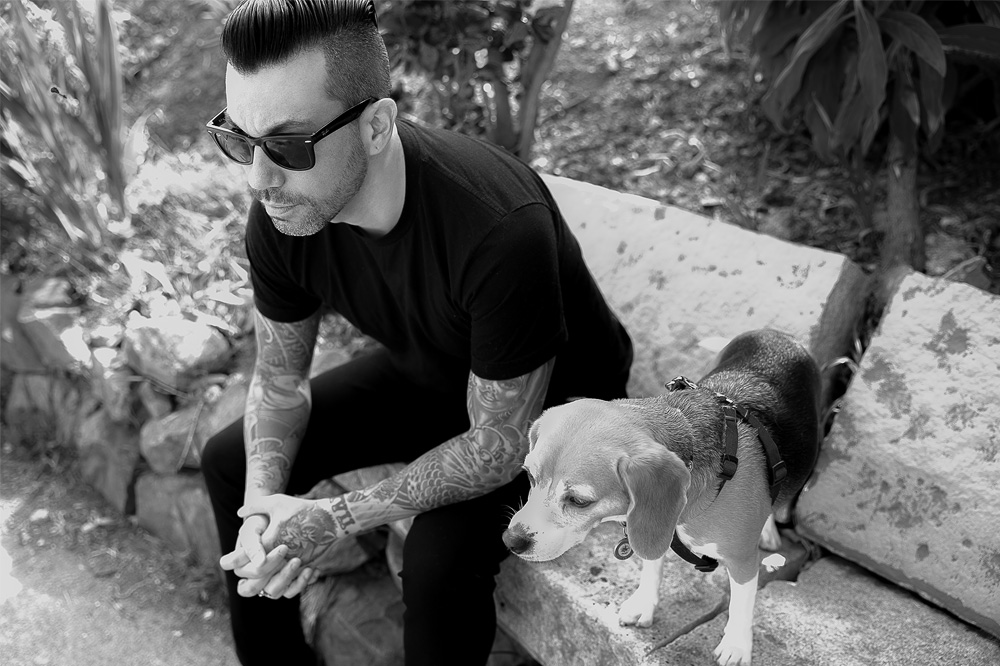
Chad Tafolla is currently the Creative Director of HUGE San Francisco who recently relocated from Brooklyn back to his home state of California. With a background as a touring musician and over a decade in the advertising industry, he’s currently leading their team of designers while still maintaining hands-on role in the day-to-day creative output of the agency.
TYLER W: Was becoming a Creative Director always the plan?
CHAD TAFOLLA: Not exactly. It’s happened very organically over the last ten years. I’ve always been a designer trying to make the best work possible, and over the years my role has evolved from being strictly a designer that pushes pixels all day, to an art director setting the visual style, to [now] being a creative director. Helping shape the vision of creative, building a team and getting the chance to mentor and inspire other designers is a role I really enjoy being in.
How did you first enter the world of graphic design?
It all started with music. After high school, I essentially grew up in a van on the road writing/playing music and touring the country with my band. I was always interested in design, animation, and making stuff, so I bought a PowerBook and took a stab at designing our t-shirts, album covers, and anything else we needed from the road.
We eventually needed a website, so I taught myself to write code in Notepad and fumbled my way through Photoshop. Then Adobe Flash came along and really changed things for the better. Being able to integrate design, motion and code into projects was a huge driving factor for me to keep exploring. Most everything was god awful then, but I kept at it, practiced constantly and eventually what was a hobby turned into a passion and a career. After touring with the band I went to school for design, which I think helped more from the business side. Learning how to talk about and present my work and learning there are actually budgets, timelines, etc. in the real world.
What have been some major lessons learned over your years in the industry?
If you’re working in digital design, keep up with technology. Even if you don’t write code, things change so quickly that you’ll get left behind if you don’t at least know the possibilities. Nowadays being a designer that can code or use tools for prototyping is a must.
Secondly, don’t take feedback personal and don’t get too attached to your design. This plagued me as a young designer because I would take any feedback as a personal attack on me. Listen to other people’s ideas and perspectives, especially the client. They’re usually right and will make your work better for it.
And lastly, don’t be a dick. It gets you nowhere. Leave your ego at the door, be nice to people, collaborate and you’ll do great work.
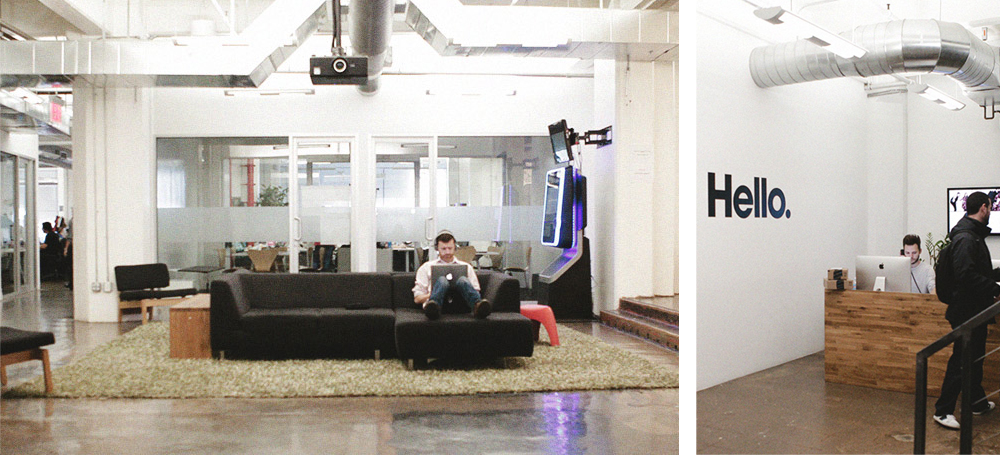
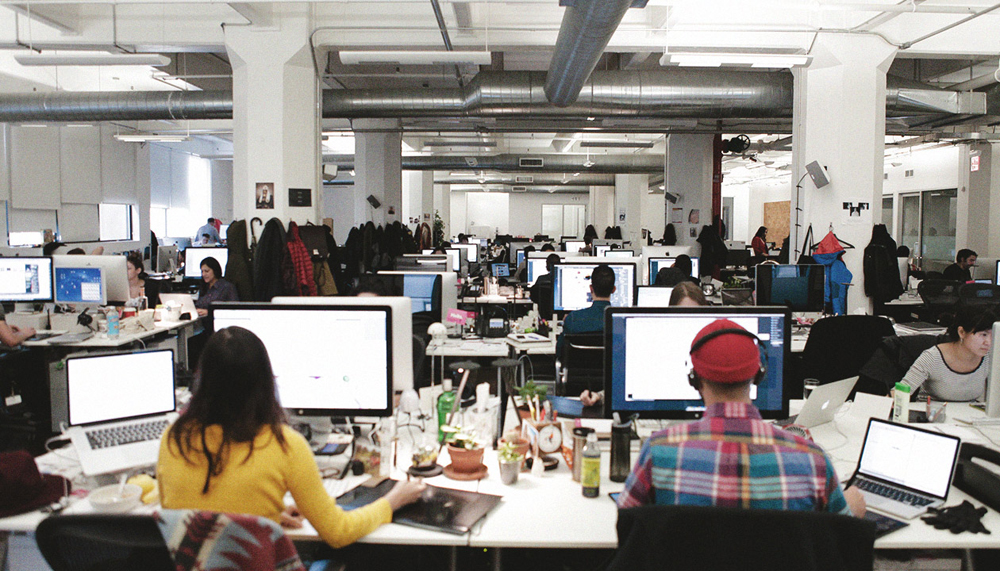
“IT’S ALL ABOUT THE IDEA.”
What type of creative hurdles do you often have to overcome?
I think the biggest hurdles are creating something new that hasn’t been done before. Digital has grown so much over the last decade whereas traditional agencies and clients used to treat it as a commodity and an afterthought. Nowadays, digital is sometimes driving an entire 360° campaign, so thinking about that one idea that’s never been done before or how it will extend into other formats is a challenge.
For the past few years a lot of design on the web has been looking the same. There’s been a trend of the long scrolling parallax pages, grid of images, etc., so along with the idea, coming up with a great execution is a hurdle I try to overcome daily. With that I think there’s a lot of opportunity in other realms such as apps and touchscreen installations to do something interesting from an interaction or gesture standpoint.
What keeps you inspired?
Everyone says this, but being away from the computer. Just seeing the world and experiencing life as much as possible has been the best inspiration. I recently moved to San Francisco from Brooklyn and have been lucky enough to have great surroundings in both cities. Brooklyn and Manhattan from the art, architecture and cultural side of things and San Francisco’s beautiful nature.
I love watching movies and title sequences have always been something I’m drawn to. That approach to design and motion probably finds its way into my work subtly. I’m also lucky enough to have an incredibly talented wife who’s a photographer, so she keeps me inspired with the projects she’s working on and the ideas she has.
What makes a great campaign in today’s world?
It’s all about the idea. I think it’s especially challenging to come up with a unique campaign without a solid idea. There is so much noise around us today—people are constantly checking their phones when you get an email, like, tweet, etc., so everyone and every brand is competing to be heard. Of course flawless execution is an essential ingredient, but just making something visually beautiful without a great idea is worthless.
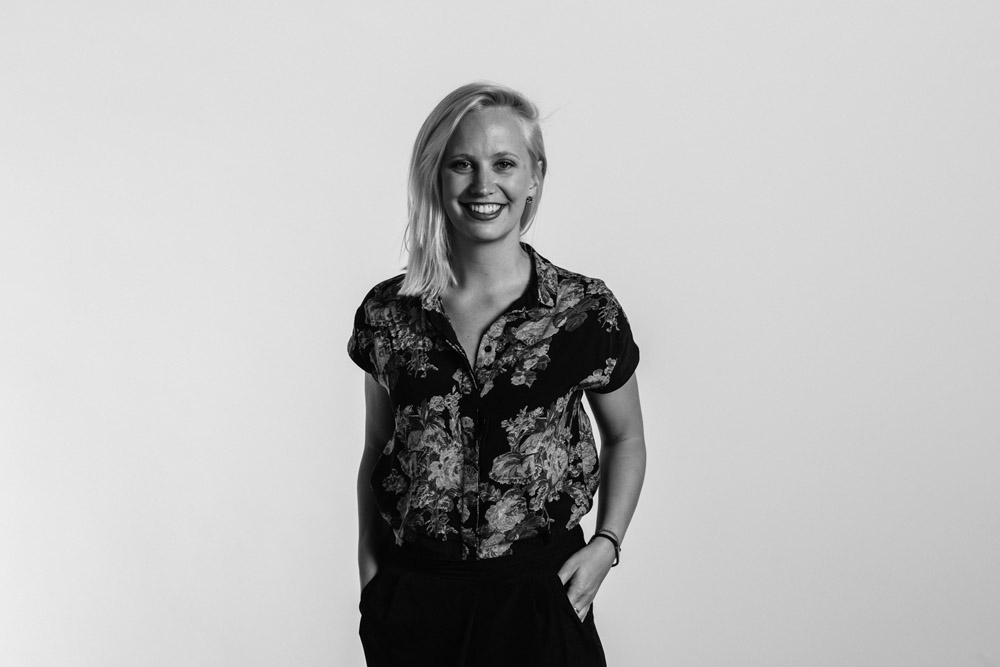
Originally from small town of Orofino, Idaho, Jessie White moved to Oregon for school and hasn’t looked back since. She’s currently working at Portland-based Instrument as an Associate Creative Director.
TYLER W: When and why did you finally decide that you wanted to get into the world of advertising?
JESSIE WHITE: It was a magnetic pull of sorts. I don’t think of myself in advertising [obviously I’m in denial]. My doorway in was through design. I wanted to be where great products and ideas were, and I became fascinated with the psychology of color, form, motion, and sound and how they can affect the way people use and perceive things. Now I’m here and trying my damndest to do some good in the world.
How did you end up in Portland at Instrument?
I moved to Portland to go to The Art Institute. I had always assumed I would move on to a bigger, louder, more expensive city, but I need trees, space and a good reason to stay inside and read, i.e. shitty weather. I love it.
Instrument now being my home is a classic case of unintentionally networking. I was doing odd flash production jobs for JD Hooge [Partner and CCO at Instrument] when I was fresh out of school. A few years and a couple jobs went by. I had learned a few things and got to know the type of work and clients I enjoy working with. And when JD Hooge, Vince LaVecchia, and Justin Lewis were building up Instrument’s design team, I was eager for the opportunity to work with a smart group of people hell-bent on doing the best work.
What is the culture at Instrument?
In our industry, culture sometimes sounds like the antonym of hard work. We have a ping pong table and a tipi for a conference room. We love our happy hours, bowling and karaoke [everyone but me is really good at all of them]. We don’t half-ass anything and it’s exhausting in a great way. We’re a thoughtfully curated group of people who are excited to come together each day to strategize, design, and build great things.
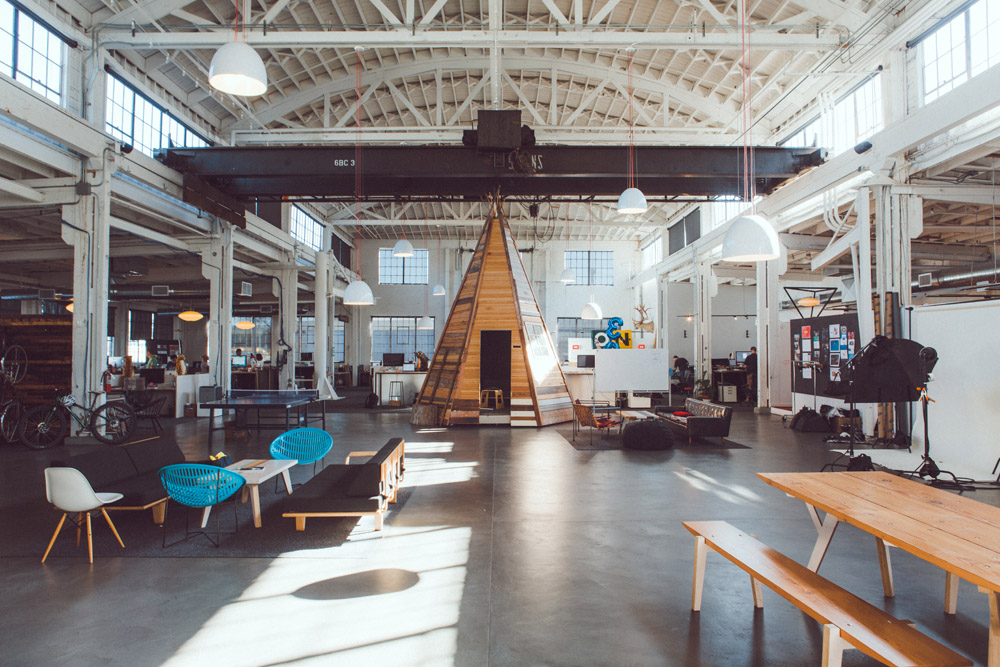
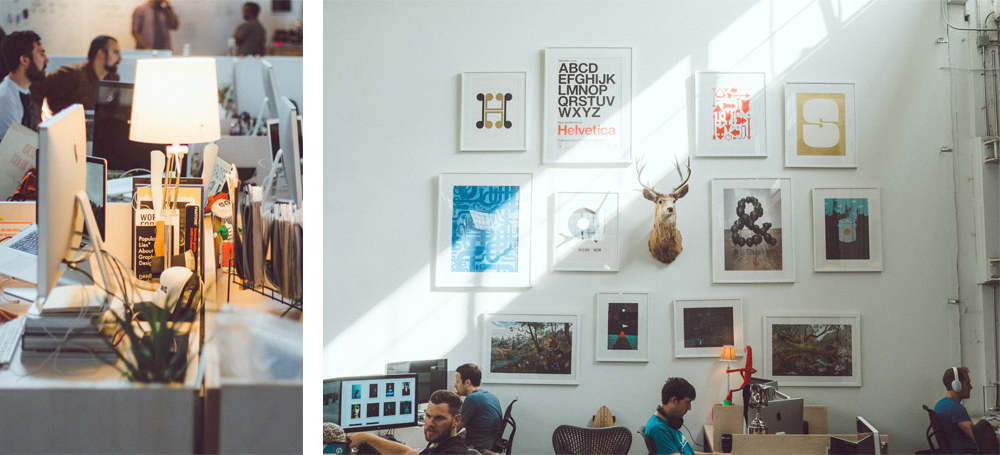
“WE DON’T HALF-ASS ANYTHING AND IT’S EXHAUSTING IN A GREAT WAY.”
How would you describe your approach to design?
Listen, try everything, and trust your gut.
Which of your projects are you most proud of and why?
There’s a famous Milton Glaser quote that says, “There are three responses to a piece of design—yes, no, and WOW! ‘Wow’ is the one to aim for.”
Working with The Metropolitan Museum of Art, ChefsFeed and Stumptown Coffee on their respective apps and websites was an honor and an incredible experience. These companies are reinventing their industries with new products and thinking. We said “WOW!” And they said “WOW!”
What trends in digital design are particularly exciting to you at the moment?
I enjoy the challenge of constantly changing technology. What was once considered unintuitive becomes the norm in a matter of months. It allows us designers to push the boundaries of usability and explore new, better, more interesting ways to do things.
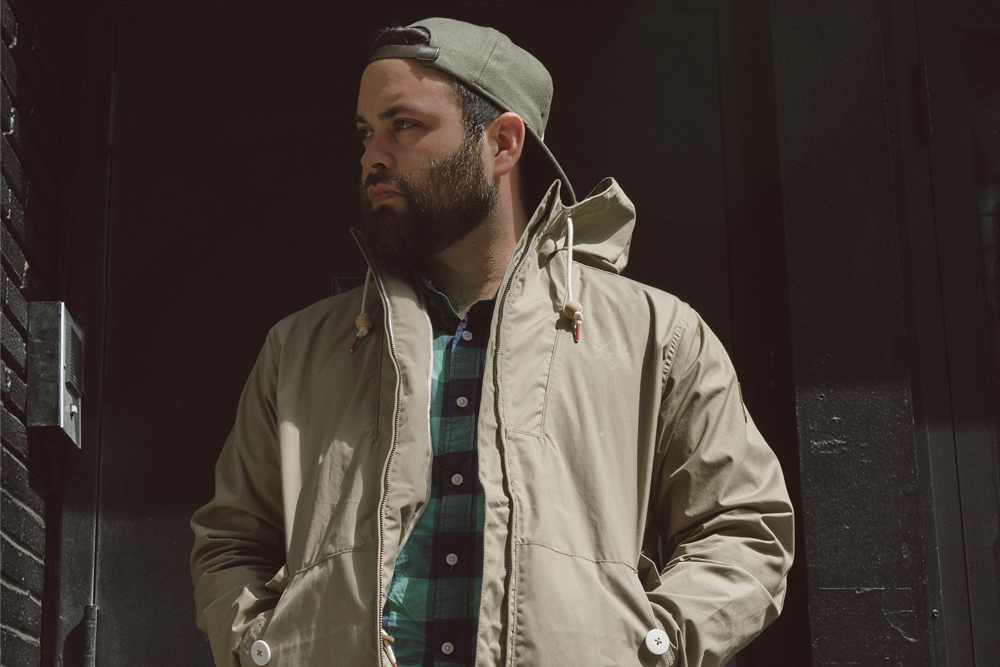
Fresh off a move to New York City, Steve Mahn recently left his hometown of St. Louis to join the team at Firstborn and is now an Associate Creative Director at the shop. When he’s not working out of their Tribeca office, he can be founding searching for best pubs in Brooklyn, drinking Budweiser, and trying to catch some live music.
TYLER W: What was growing up in St. Louis like?
STEVE MAHN: I’m sure many of my friends are tired of hearing about it, but I am insanely proud of being from St. Louis, and the Midwest for that matter. It’s been in the news for all of the wrong reasons as of late and it’s sad because the city has so much to be proud of.
I grew up in a working class neighborhood in “North County” for those who are familiar. We didn’t have much, but my mom worked in education, so let’s just say when it came to school I was a huge nerd. Once I was able to drive, the city became such an awesome place to wander. There was a great music scene and tons of killer bars and restaurants. All of the cultural attractions in the city are free as well. From the zoo to the art museum, you could get lost for an entire day and not spend a dime.
What has your initial impression of New York been?
New York could not be better. Getting here was tough. My girlfriend and I had never lived anywhere else and it was very hard to leave family. That being said, the energy here is infectious. We love our little slice of Brooklyn and we try to make it a point to get out and explore every weekend. Still looking for some good St. Louis barbecue, though.
How did you end up in the world of advertising?
During my sophomore year of college I switched majors from Art Education to Graphic Design after I came to the realization that, as a high school art teacher, I would only be getting through to a handful of students per year. Once I really got into the core design-centric curriculum, I was hooked.
I finished school in 2008 when the economy wasn’t in the best shape. When I was offered a paid internship at a local ad agency, I leaped at the opportunity.
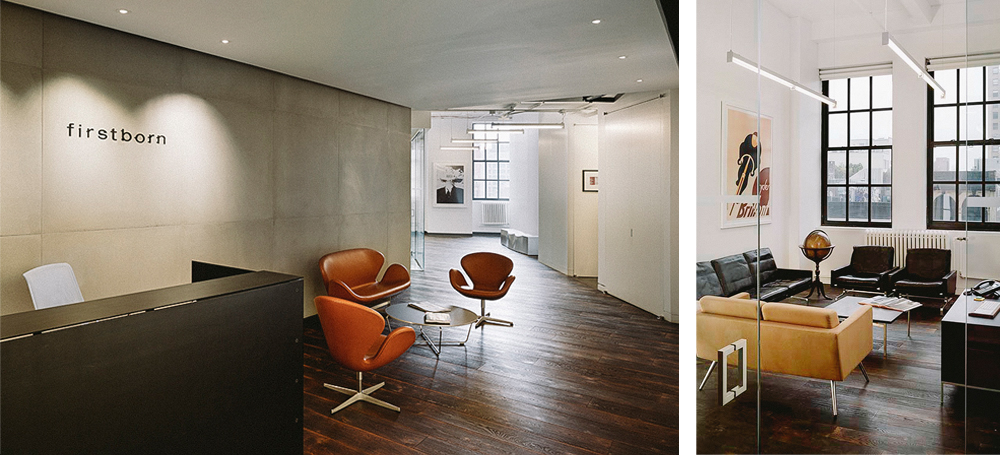
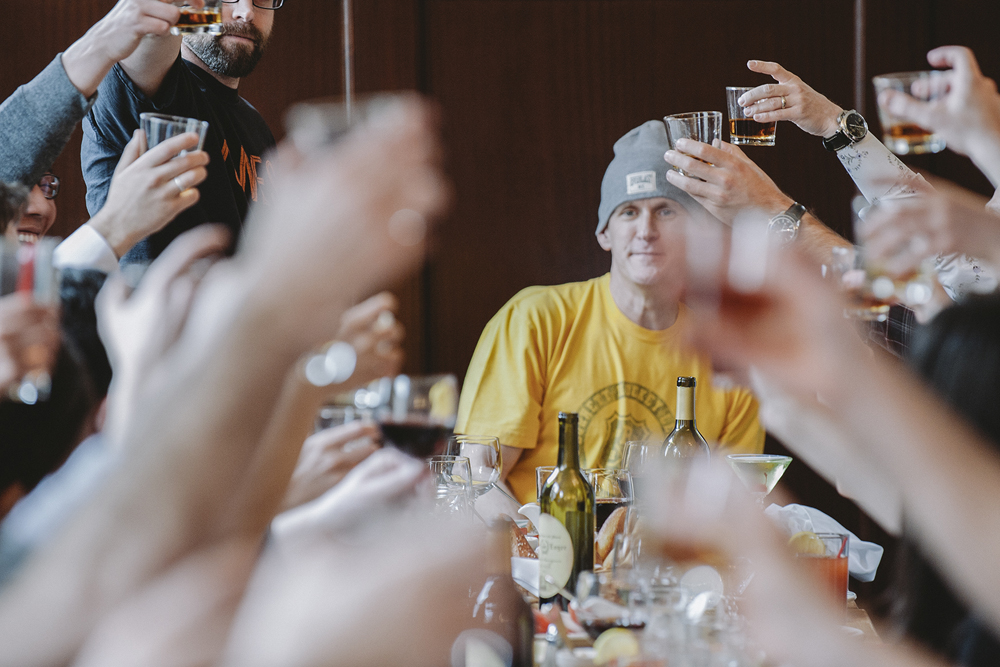
“LACK OF COMFORT LEADS TO THE BEST WORK.”
What do you love about working in this industry?
I thrive in competitive environments. I’ve been an athlete my entire life and I really hate losing. So much of what we do in this industry is based upon the willingness of a person or a team to compete. Whether it’s with ourselves, with coworkers or as part of the pitch process, we are constantly trying to defy or exceed expectations.
Another thing that I love is that the effort necessary for success leads to a camaraderie that is so rewarding. I have coworkers, from previous agencies and Firstborn, who will be my friends for life. That makes coming to work a lot easier every day.
How has your transition from a smaller shop like HLK to one like Firstborn been? How have you had to adapt?
My transition from HLK to Firstborn has been pretty seamless. I think the thing I am still getting used to is the level of talent at Firstborn. And that goes for everyone. Not just the creative team. We have producers that could be designers at other shops. Everyone is so well rounded and they bring their best game every day.
I’m constantly looking over my shoulder, trying to prove that I am good enough. That lack of comfort leads to the best work.
How do you feel that designers have had to adapt to the increasingly digital landscape?
I think designers have always had to adapt. Technology has driven that progress or created the limitations that led to the best ideas. At the heart of it, every designer, regardless of discipline, is just a problem solver. These days, we’re just trying to keep up with the crazy pace of Silicon Valley.
What have been some important lessons you’ve learned along the way?
Two pretty basic ideas have stuck with me over the course of my career. First, is the importance of accountability. Mistakes happen, they’re good and they’re necessary to learn, but I feel like it’s very easy to just point a finger at anyone but yourself. Don’t.
Secondly, I think it is vital to not be a dick. When egos are checked at the door, everything else seems to take care of itself.

Josh Nissenboim and his wife Helen Rice started Fuzzco together after they both moved to Charleston, South Carolina. Josh works as the Founder and Creative Director of the studio.
TYLER W: Did you always see yourself ending up in the world of design and advertising?
JOSH NISSENBOIM: Not at all. When I was younger, I thought I would keep going to school until I had a PhD in math and then teach at a Midwestern college.
What was your background before founding Fuzzco?
I grew up in St. Louis, Missouri. I went to a public school and worked really hard while I was there. I made some good friends and got into writing, playing chess, making music, drawing, and roller hockey. I cut grass with my Dad during the summers.
Then I went to college at a small school called Macalester in St. Paul, Minnesota. I met my wife Helen there. I studied math and she studied studio art. After school, I moved to Madison, WI for a year to make a record with my good friend. I worked at the public library and at a liquor store for a few months. Then I got a job offer to work at a software company. We finished the record and Helen made me move to Charleston, South Carolina.
At this point, I asked myself if I wanted to go back to school or if I wanted to keep doing projects that were a little more self-directed. I decided to see what the next year might be like. I struggled to find job openings that interested me in Charleston, so I earned a living on my own by tutoring math, day trading with what I earned and I briefly owned part of a cab company. Cab companies look good on paper, but when you are too young to legally drive the cab and you can’t find a reliable driver, it gets depressing pretty quickly. The whole operation started and ended with just one car. Fortunately we were able to break even selling the freshly painted car. All in all, it was a nightmare. I also wrote more music on my own and thought I’d make another album.
All that aside, almost a year passed and we were 23 and I wanted to do something more focused. I started studying for actuary exams, considered going back to school, considered starting a tutoring company, but then we started Fuzzco.
Fuzzco proudly represents Charleston. Is it important to let people know that good creative work is coming out of places other than big cities?
We’ve worked hard to promote our city. It is an incredible place. Sometimes people are surprised when we tell them we are based here. I think smaller American cities are going through a renaissance right now. We recently opened a small office in Portland, Oregon, which has a more established design culture than Charleston. We can now say that we are bi-coastal and that we are conveniently located outside of all major cities.
Other than some projects with Google and MailChimp, you mainly work with more boutique brands and companies. Is it a deliberate effort to work with smaller brands or has that happened naturally?
We just like doing good work for good people. Sometimes those opportunities are with large companies and other times they are with startups or smaller brands. We look for a balance in the types of projects we take on. This is all intentional. A nice mix keeps us interested and alert. We become personally invested in our clients no matter their size.
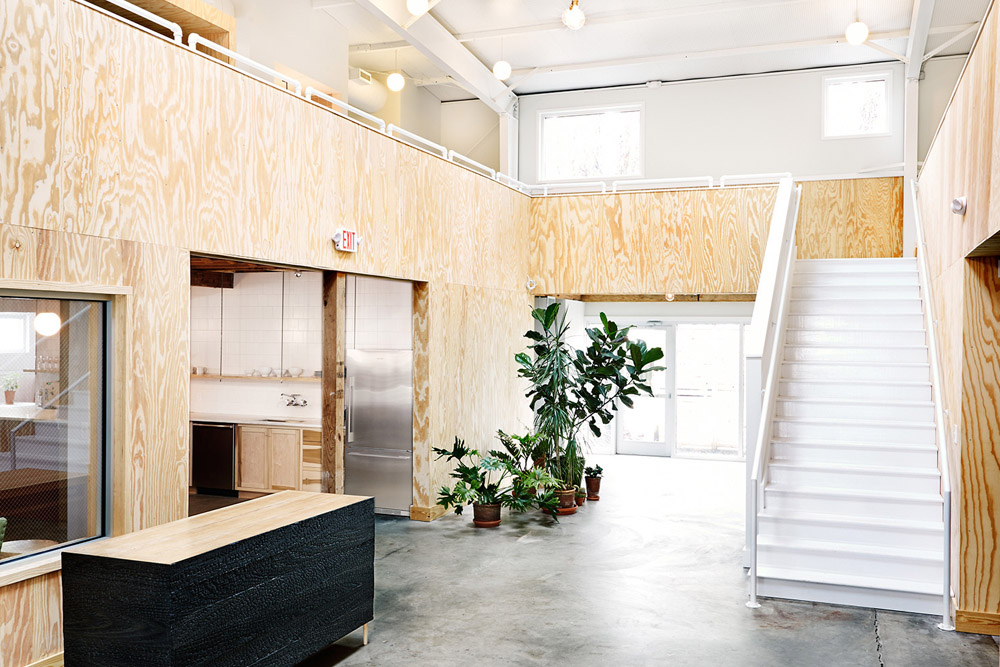
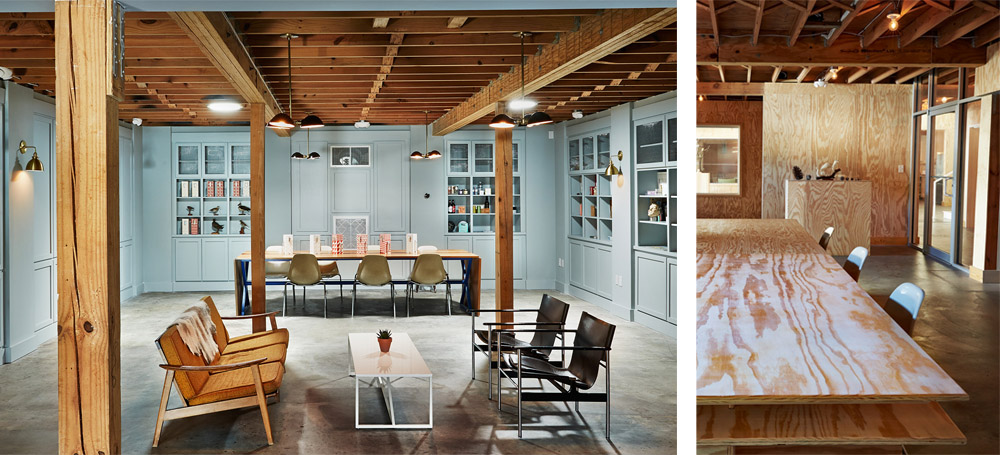
“I WOULD BE INTERESTED IN GOING TO MARS ONE DAY AND I’D BE OKAY DYING ON THE SPACESHIP TAKING ME THERE.”
What does good design mean to you?
There should be the right balance of logic, concept, and beauty.
What are some projects you’ve been involved in recently have you particularly enjoyed and why?
I’m heavily involved in our work with MailChimp and feel like we’ve been able to do some of the best work of our careers with them. We get to exercise so many muscles from complex strategic questions, to creating delightful experiences, to working on UX projects to exploring sculpture, inventing games and coming up with fun ways to use video. We get a lot of runway to do our best work for a company that is incredibly smart, experimental, and altruistic. I love being able to be intuitive, experimental, and highly iterative on these projects.
Outside of work what do you like to get into?
I like being a little mischievous and getting into trouble. Not like police trouble, but things like going to a fancy restaurant and playing with my food or doing things like methodically eating all the butter in the butter tray after I’ve peppered it. I can act a little childish when I’m not working, for better or for worse.
Additionally I like board games. I play a lot of speed chess. I’m an enormous chess fan—I watch live broadcasts of tournaments and check real-time player rating changes like some people track the stock market. I like to tinker with the piano and also a little bit on the guitar. I like to play racquetball, ping pong, tennis, bumper pool, and am almost always up for sports. Then of course cooking, eating, reading, watching movies, and straight chilling with my friends, wife, and two ancient cats.
What keeps you inspired?
Animals, the cosmos, and scientific advancements. I like to think about how animals think. I also like to think about how and why they have evolved to have specific traits or behaviors. I don’t know if this is exactly inspiring, but I think a lot about how incredibly small we are compared to these massive phenomena that are also incredibly small compared to even larger phenomena. I like to think it’s a repeating cycle of scale and that we are all just something insignificant in an ocean of other insignificant things. That is a great stress reliever and also helps me cope with difficult things like death.
I get inspired by things like graphene, which is only an atom thick and a lot stronger than steel. I just read about these things called respirocytes, which are synthetic red blood cells that are incredibly more efficient than the red blood cells we make in our bodies. They will allow us to be underwater for several hours using just one breath. That kind of stuff blows my mind. I’m excited to experience as much of that as possible. I have a lot of respect for Elon Musk and what he’s up to. The Hyperloop is amazing. I would be interested in going to Mars one day and I’d be okay dying on the spaceship taking me there.
What do you think makes for a great campaign or project in today’s world?
Campaigns that don’t talk down to their audience. Namely, campaigns that don’t try to superficially convince people to do something that they aren’t naturally inclined to do. I like campaigns that show people a good idea without being too prescriptive.

